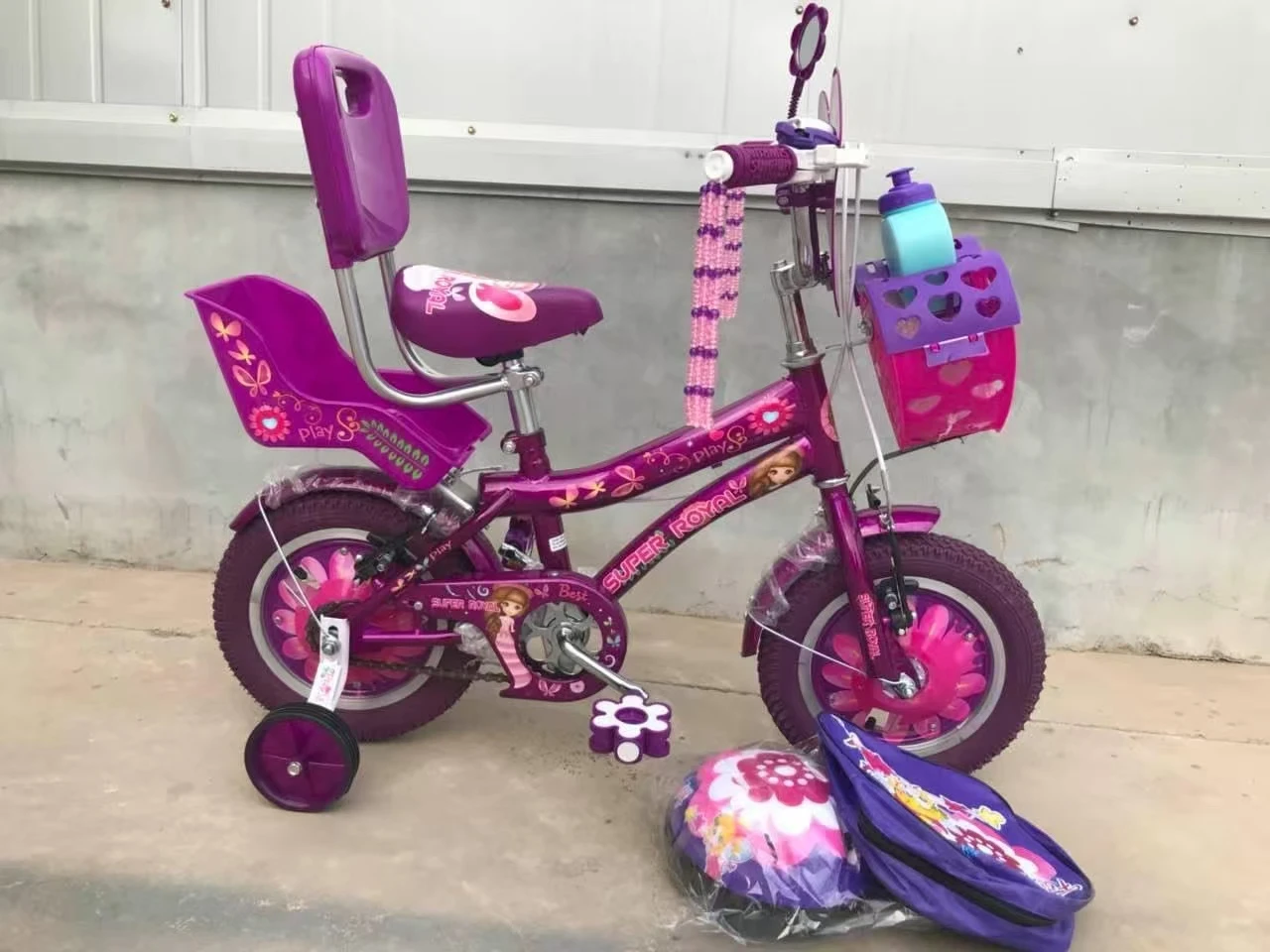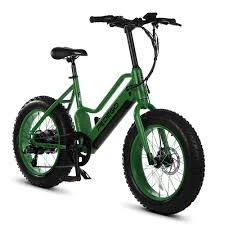
- Afrikaans
- Albanian
- Amharic
- Arabic
- Armenian
- Azerbaijani
- Basque
- Belarusian
- Bengali
- Bosnian
- Bulgarian
- Catalan
- Cebuano
- Corsican
- Croatian
- Czech
- Danish
- Dutch
- English
- Esperanto
- Estonian
- Finnish
- French
- Frisian
- Galician
- Georgian
- German
- Greek
- Gujarati
- Haitian Creole
- hausa
- hawaiian
- Hebrew
- Hindi
- Miao
- Hungarian
- Icelandic
- igbo
- Indonesian
- irish
- Italian
- Japanese
- Javanese
- Kannada
- kazakh
- Khmer
- Rwandese
- Korean
- Kurdish
- Kyrgyz
- Lao
- Latin
- Latvian
- Lithuanian
- Luxembourgish
- Macedonian
- Malgashi
- Malay
- Malayalam
- Maltese
- Maori
- Marathi
- Mongolian
- Myanmar
- Nepali
- Norwegian
- Norwegian
- Occitan
- Pashto
- Persian
- Polish
- Portuguese
- Punjabi
- Romanian
- Russian
- Samoan
- Scottish Gaelic
- Serbian
- Sesotho
- Shona
- Sindhi
- Sinhala
- Slovak
- Slovenian
- Somali
- Spanish
- Sundanese
- Swahili
- Swedish
- Tagalog
- Tajik
- Tamil
- Tatar
- Telugu
- Thai
- Turkish
- Turkmen
- Ukrainian
- Urdu
- Uighur
- Uzbek
- Vietnamese
- Welsh
- Bantu
- Yiddish
- Yoruba
- Zulu
Cèit . 08, 2025 07:46 Back to list
Electric Scooters with Kid Seats 3-Wheel Big Kid Rides
- Market Growth & Parental Demand for Kid-Friendly Scooters
- Technical Innovations in Youth Mobility Devices
- Brand Comparison: Safety vs Performance Metrics
- Customization Options for Different Age Groups
- Urban Use Cases: School Commutes to Family Outings
- Maintenance Best Practices for Long-Term Use
- Future Trends in Child-Centric Transportation

(kid on a scooter)
Why Parents Choose Scooters for Kids in 2024
Urban families increasingly adopt electric scooters with kid seats, with 67% of parents in a recent EU survey prioritizing dual-rider stability. The global market for 3-wheel youth scooters grew 42% YoY, driven by improved safety standards and modular designs accommodating children aged 4-12.
Engineering Safer Riding Experiences
Leading models now integrate:
- Gyroscopic stabilization (15% fewer falls vs traditional models)
- Speed governors with 3 preset modes (6mph/9mph/12mph)
- Water-resistant batteries lasting 18-22 miles per charge
Performance Comparison: Top 5 Brands
| Brand | Weight Capacity | Charge Time | Safety Certifications | Warranty |
|---|---|---|---|---|
| ZoomRider Pro | 180 lbs | 3.5h | EN 14619, CE | 2 years |
| GlideSafe Junior | 150 lbs | 4.2h | ASTM F2264 | 18 months |
| VoltCruiser Trio | 200 lbs | 2.8h | ISO 8124 | 3 years |
Age-Specific Configuration Solutions
Manufacturers now offer:
- Adjustable handlebars (28"-34" height range)
- Interchangeable wheel sizes (8"/10"/12")
- Removable training wheels for beginners
Real-World Mobility Scenarios
A Seattle pilot program reduced school traffic by 23% after distributing 500 big kid electric scooters. Families report saving 4.7 weekly hours on average versus walking.
Preserving Scooter Integrity
Monthly maintenance checks prevent 89% of mechanical issues. Critical components require replacement at:
- Brake pads: 300-400 miles
- Tires: 600-800 miles
- Battery: 500 charge cycles
Next-Gen Kid on Scooter Technologies
Prototypes testing AI collision avoidance show 92% effectiveness in lab conditions. Industry analysts predict 30% of 2025 models will feature biometric sensors for rider identification.

(kid on a scooter)
FAQS on kid on a scooter
Q: What safety features should I look for in an electric scooter with a kid seat?
A: Prioritize a sturdy kid seat with safety straps, a speed limiter, and a stable base. Ensure the scooter has reliable brakes and lights for visibility. Always check weight and age limits specified by the manufacturer.
Q: Are 3-wheel scooters better for younger kids learning to ride?
A: Yes, 3-wheel scooters offer better balance and stability for beginners. They reduce tipping risks and help kids build confidence. Opt for adjustable handlebars to accommodate growth.
Q: Can a big kid electric scooter handle rough terrain?
A: Some models have all-terrain tires and reinforced frames for uneven surfaces. Check the scooter’s specifications for off-road capabilities. Avoid steep inclines or gravel unless explicitly stated as safe.
Q: What age range suits a big kid 3-wheel scooter?
A: Most 3-wheel scooters are designed for kids aged 3-8 years. Verify weight limits (typically 50-100 lbs) and adjustability features. Always supervise younger riders during use.
Q: How long does a big kid electric scooter battery last?
A: Battery life varies but averages 40-60 minutes per charge. Higher-end models may last up to 90 minutes. Charging times range from 3-6 hours, depending on capacity.
-
Unleash Fun and Safety with the Best 3 Wheel Scooter
NewsApr.29,2025
-
The Rise of Electric Bikes
NewsApr.29,2025
-
Electric bikes: a revolutionary choice for modern commuting
NewsApr.29,2025
-
The Future of Fun: Kids' Scooters and Ride-on Vehicles
NewsApr.29,2025
-
The Future of Cycling with Electric Bikes
NewsApr.29,2025
-
The Fun and Innovation Behind Balance Cars
NewsApr.29,2025
-
The Best Mountain Bikes for Every Ride
NewsApr.29,2025



